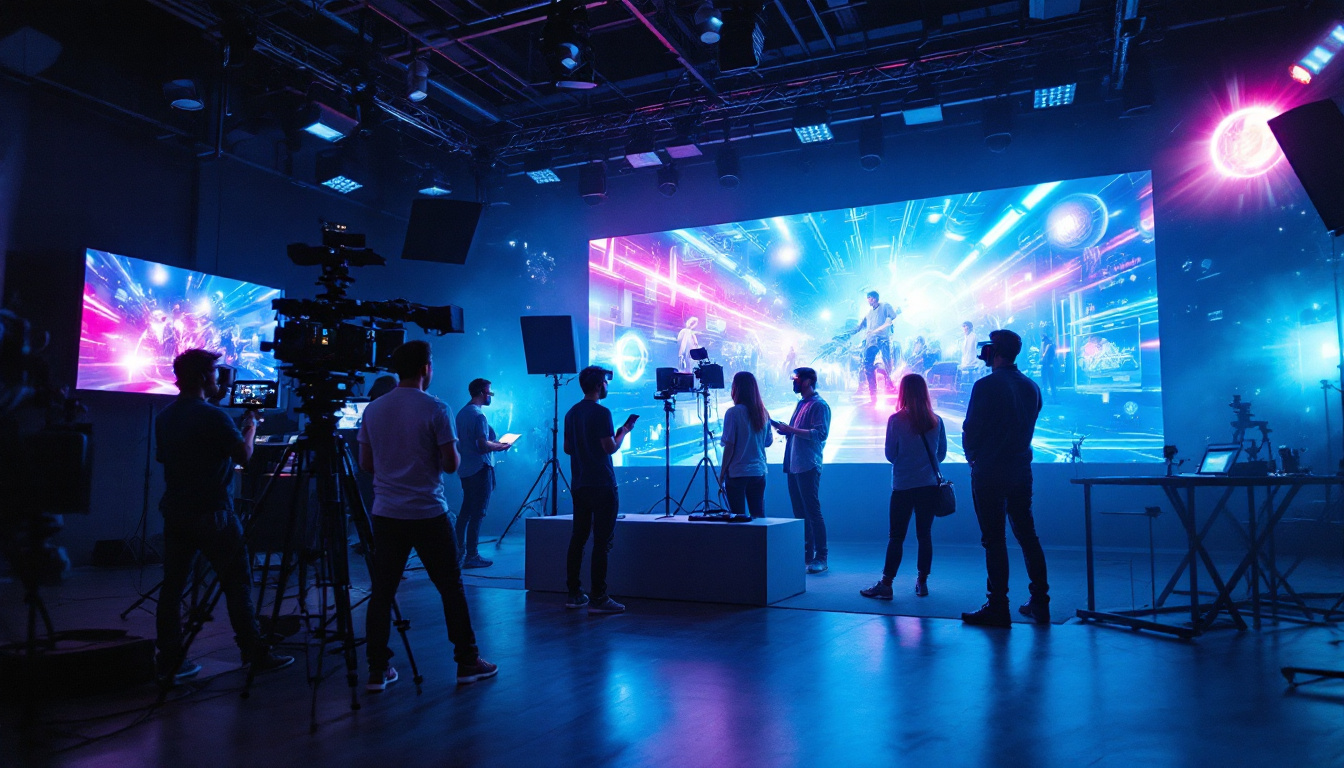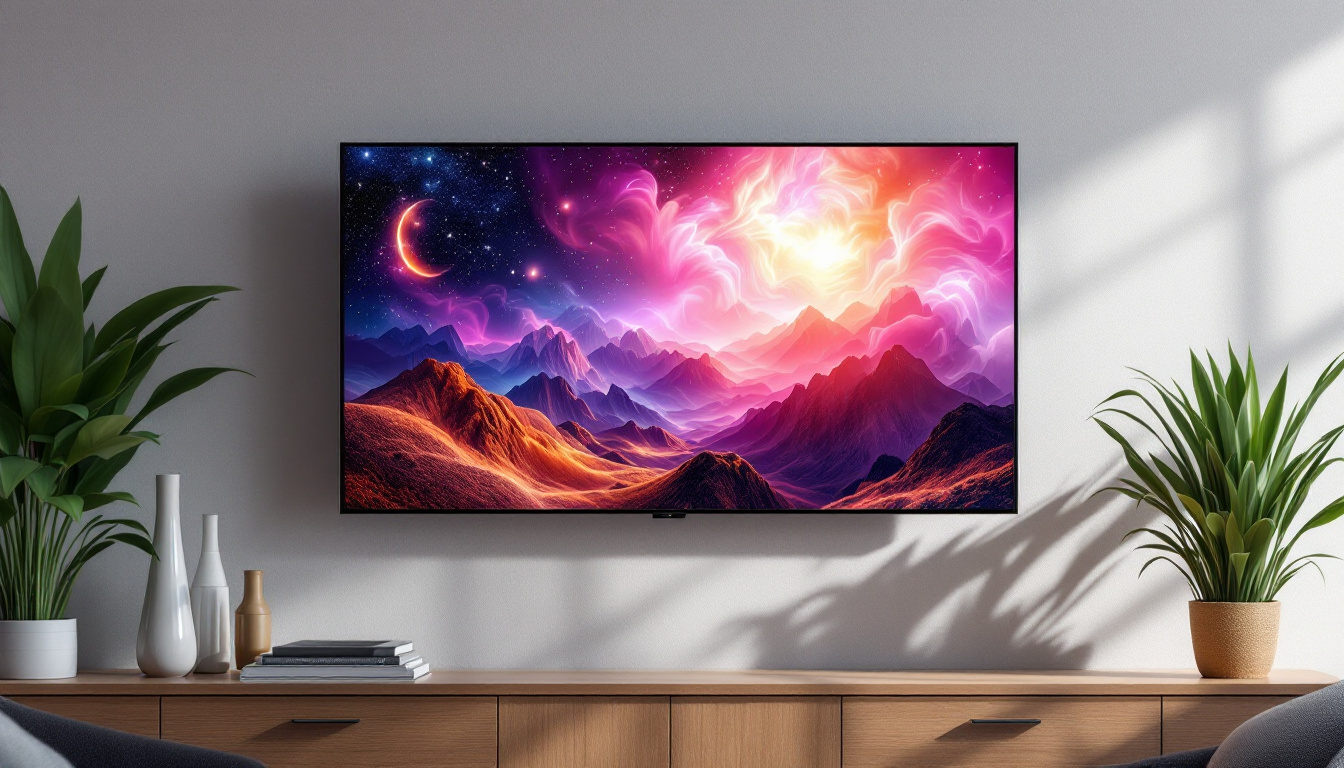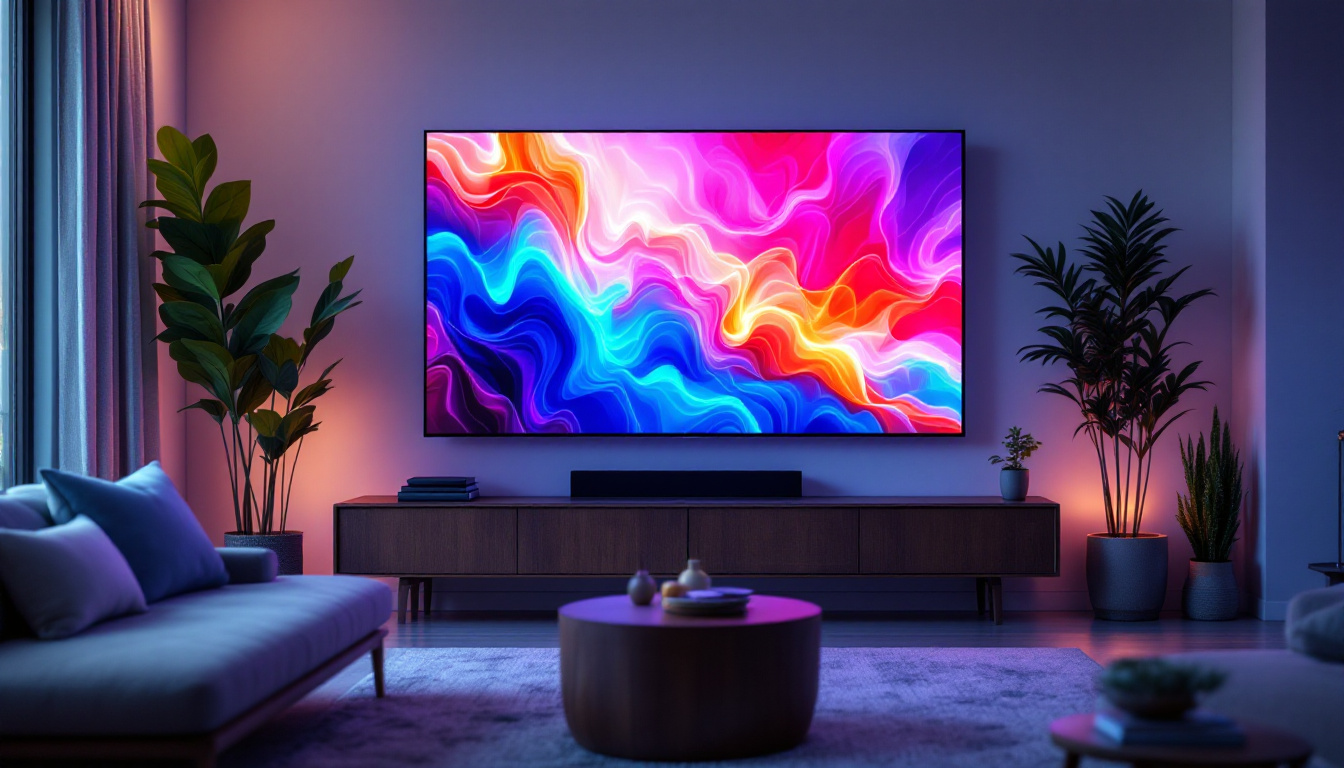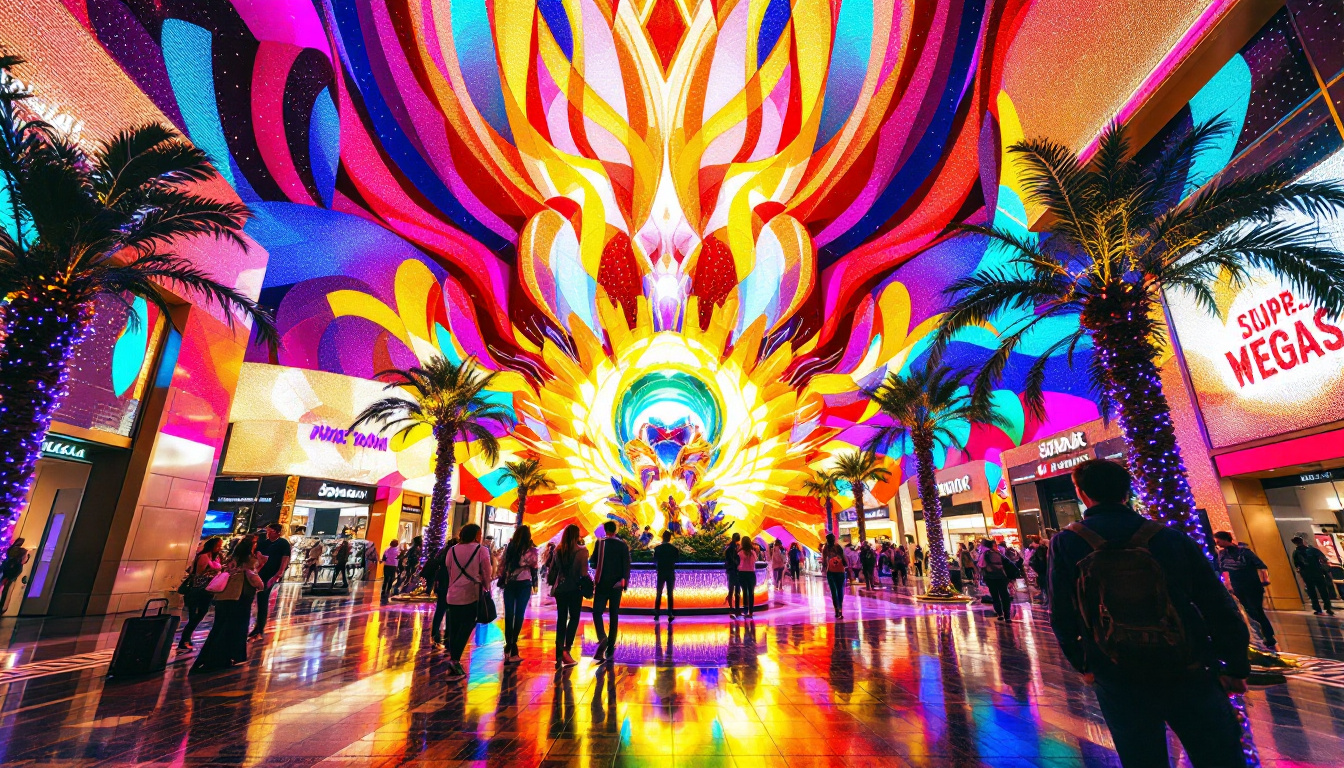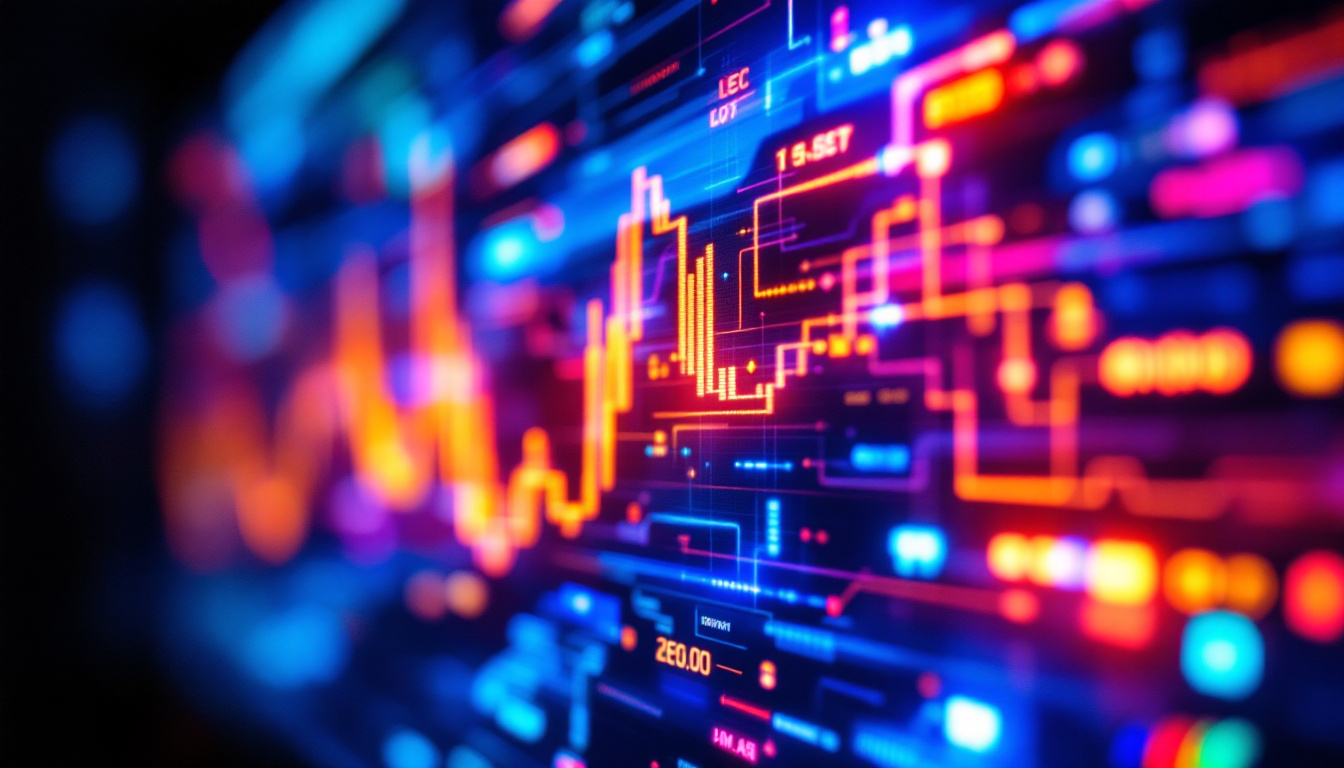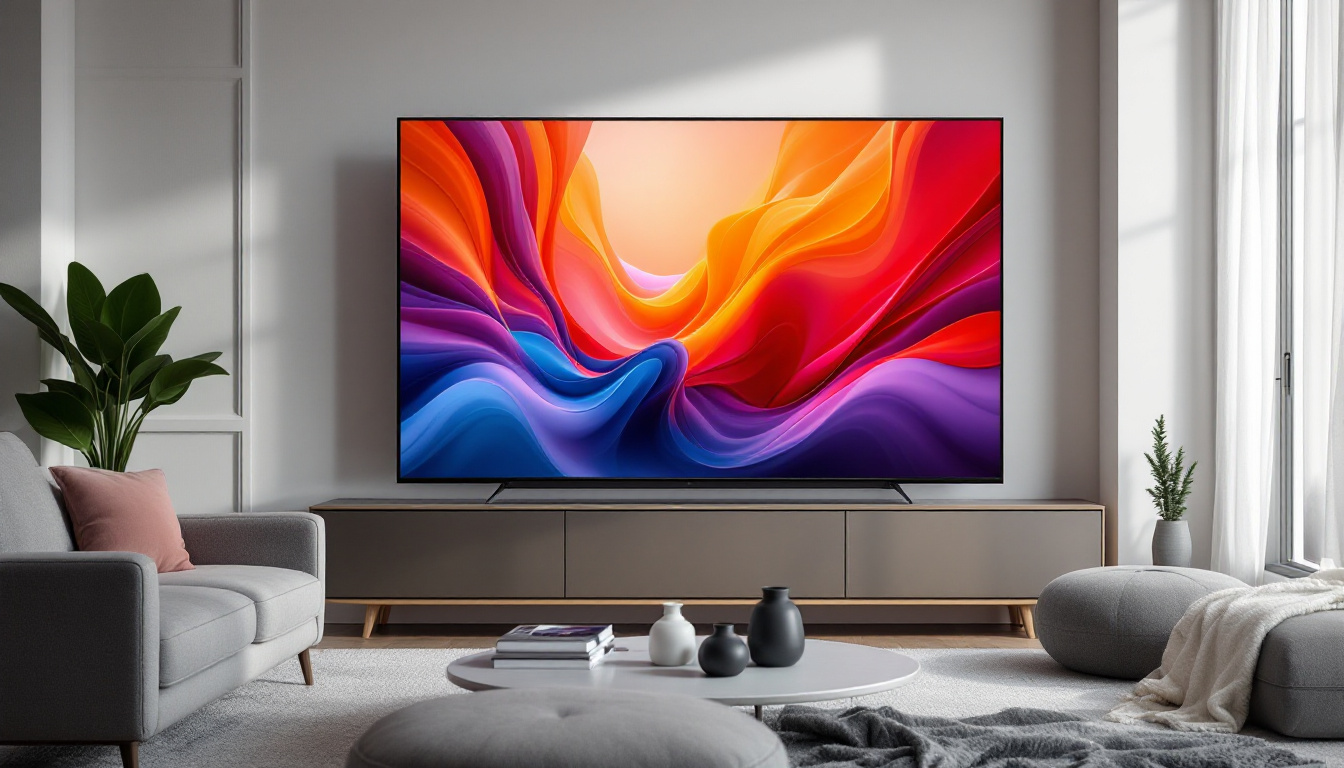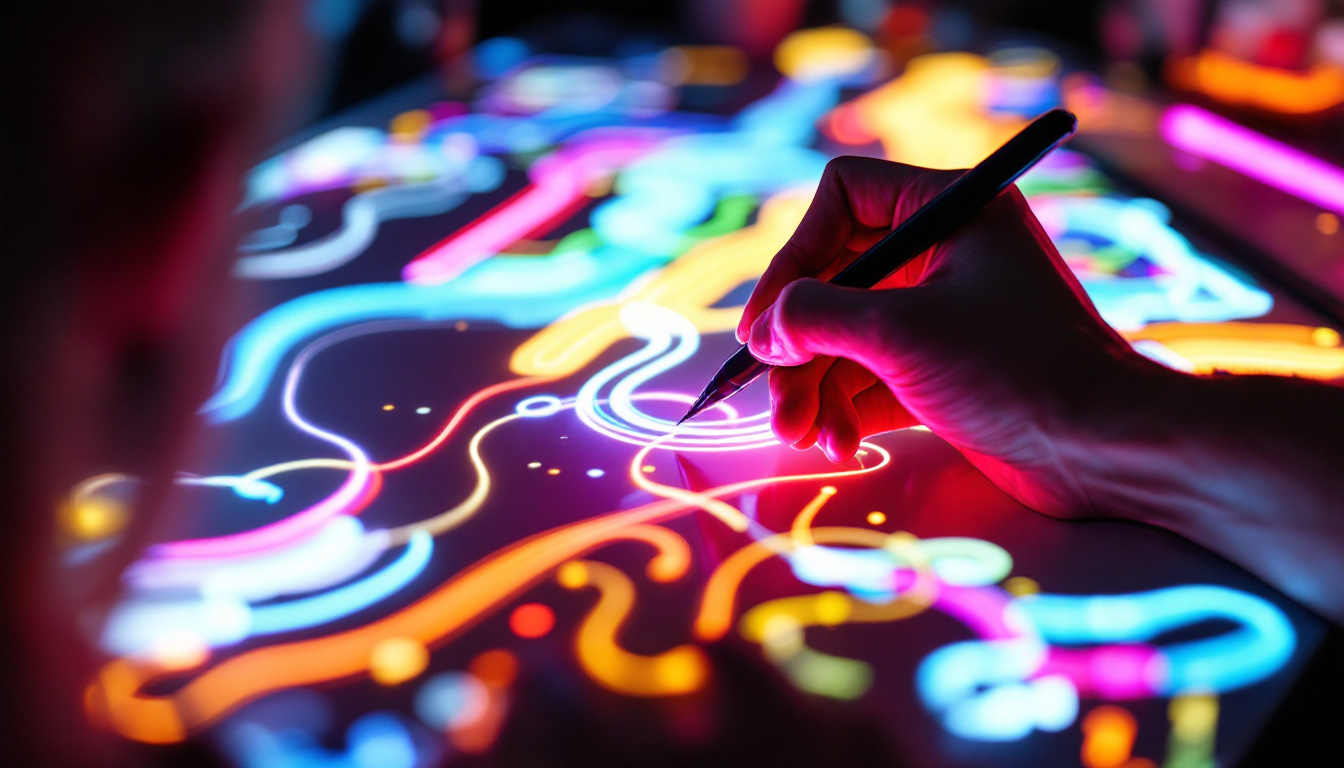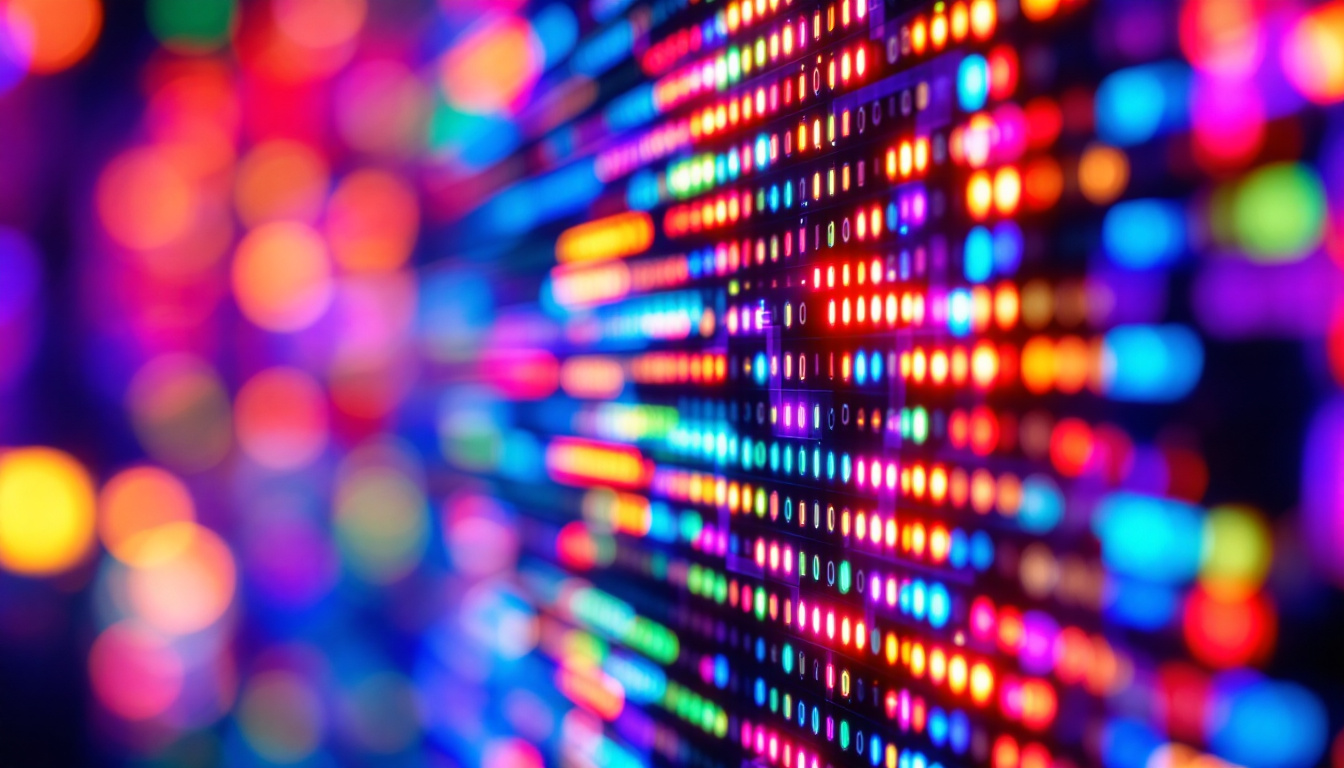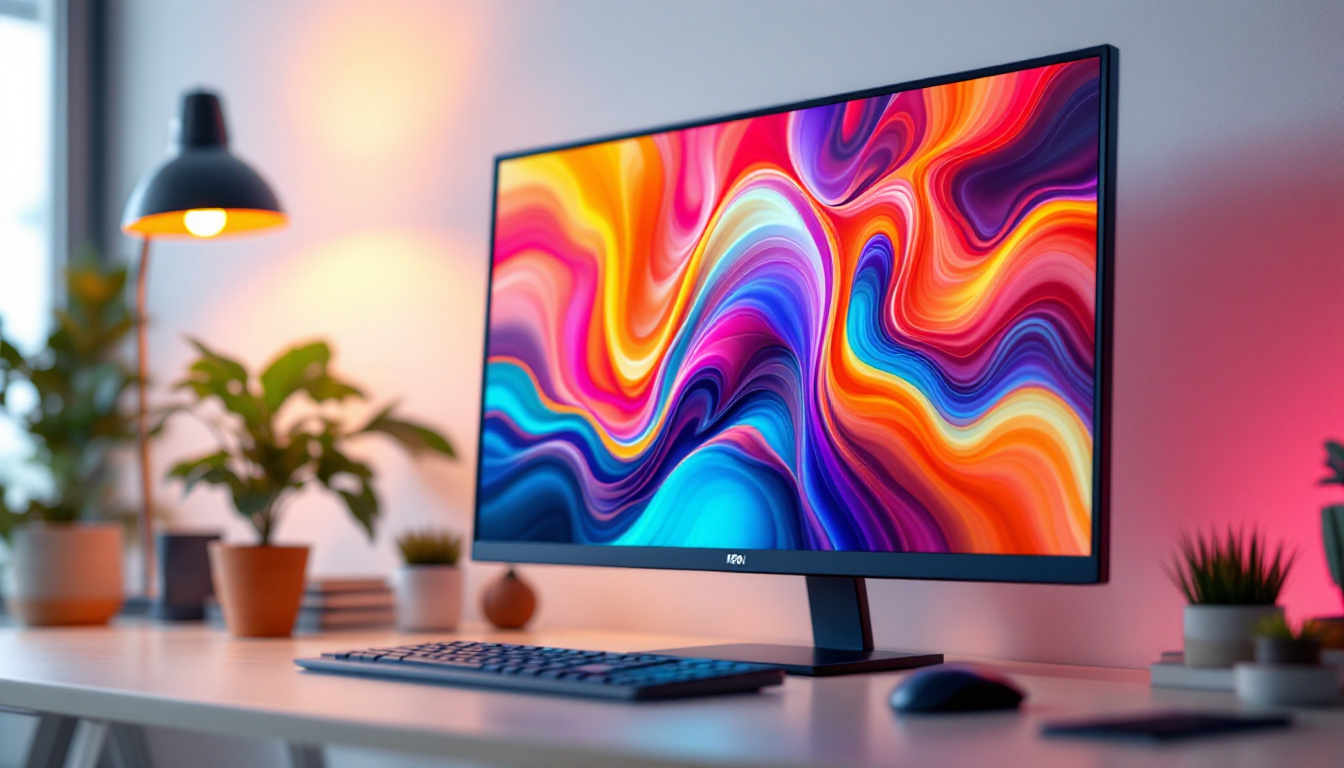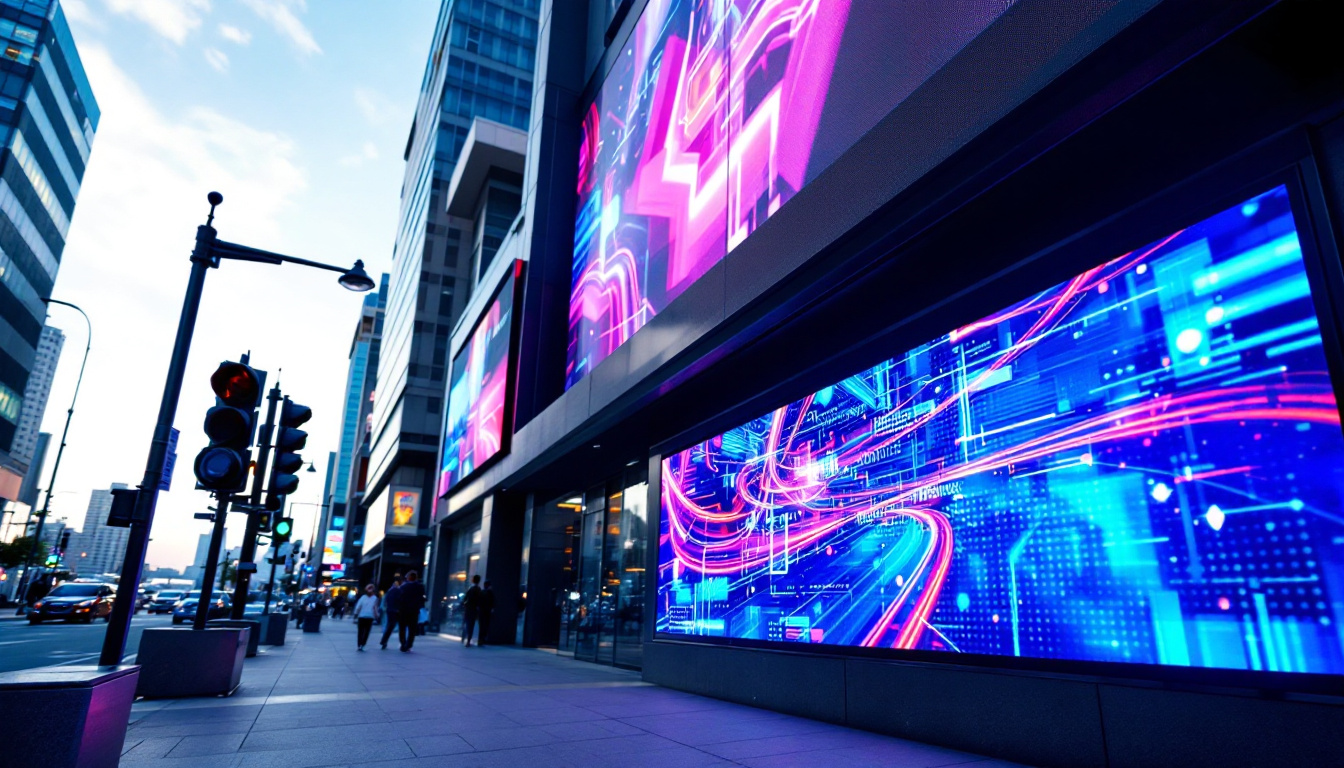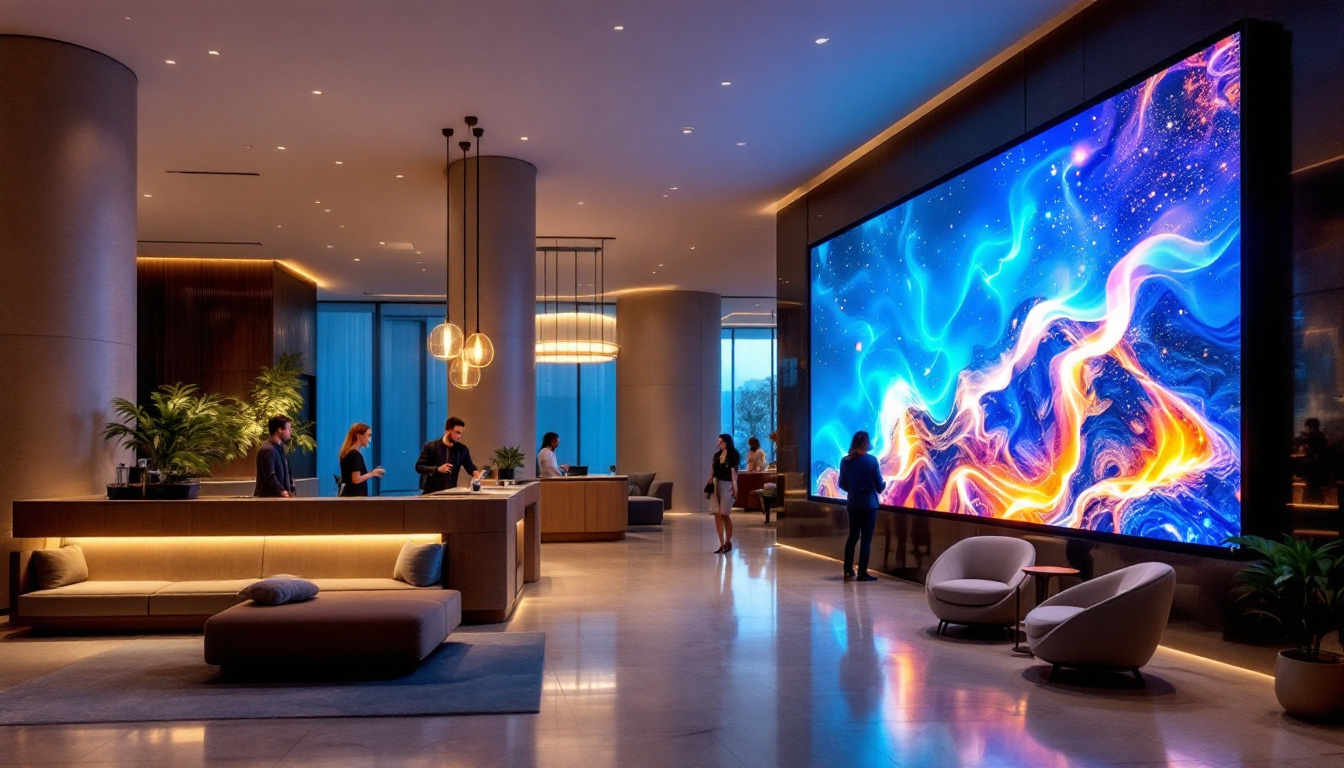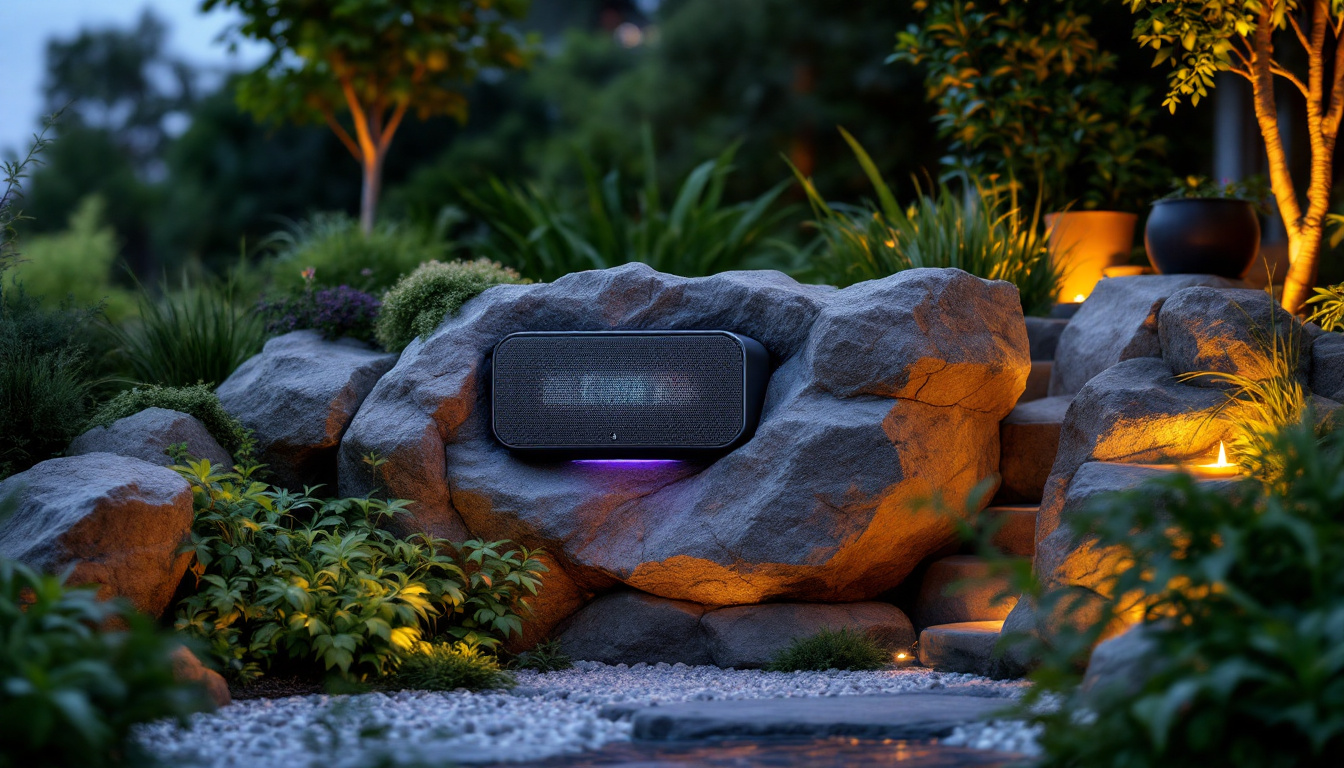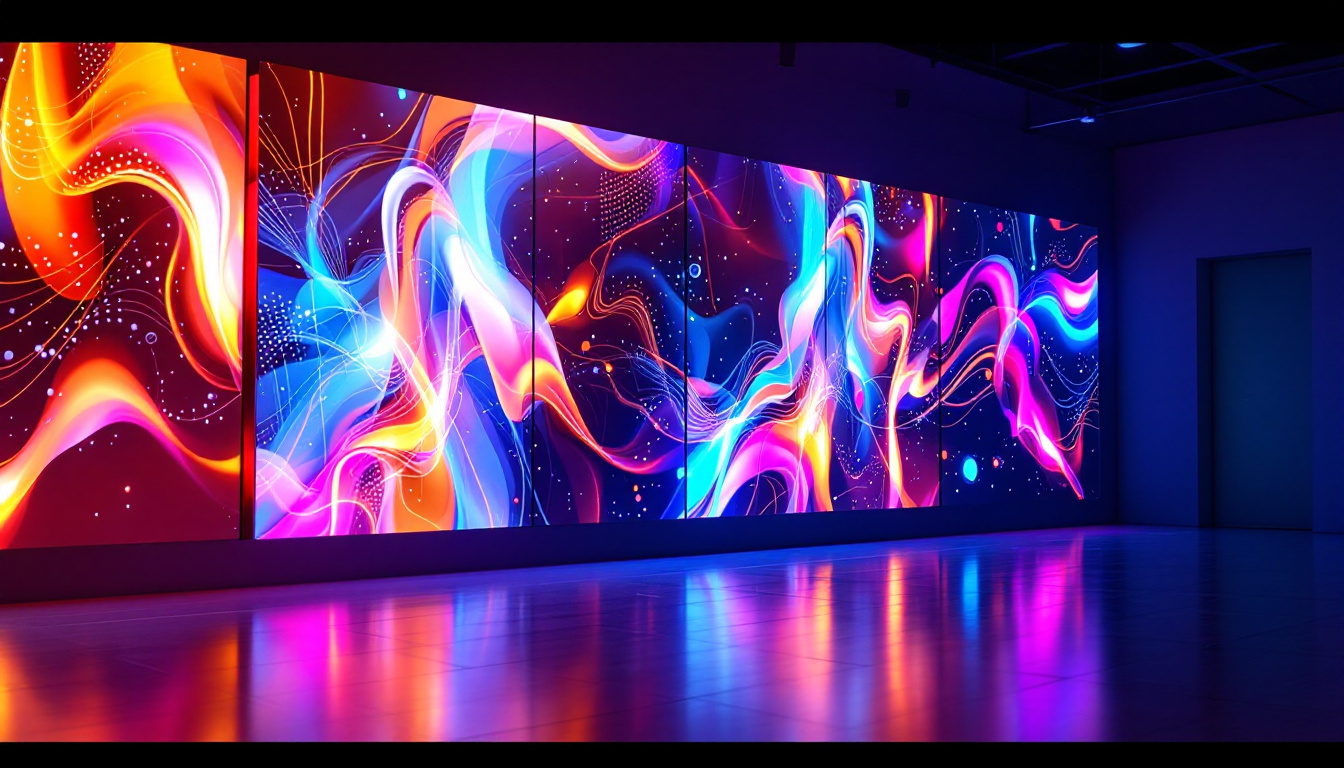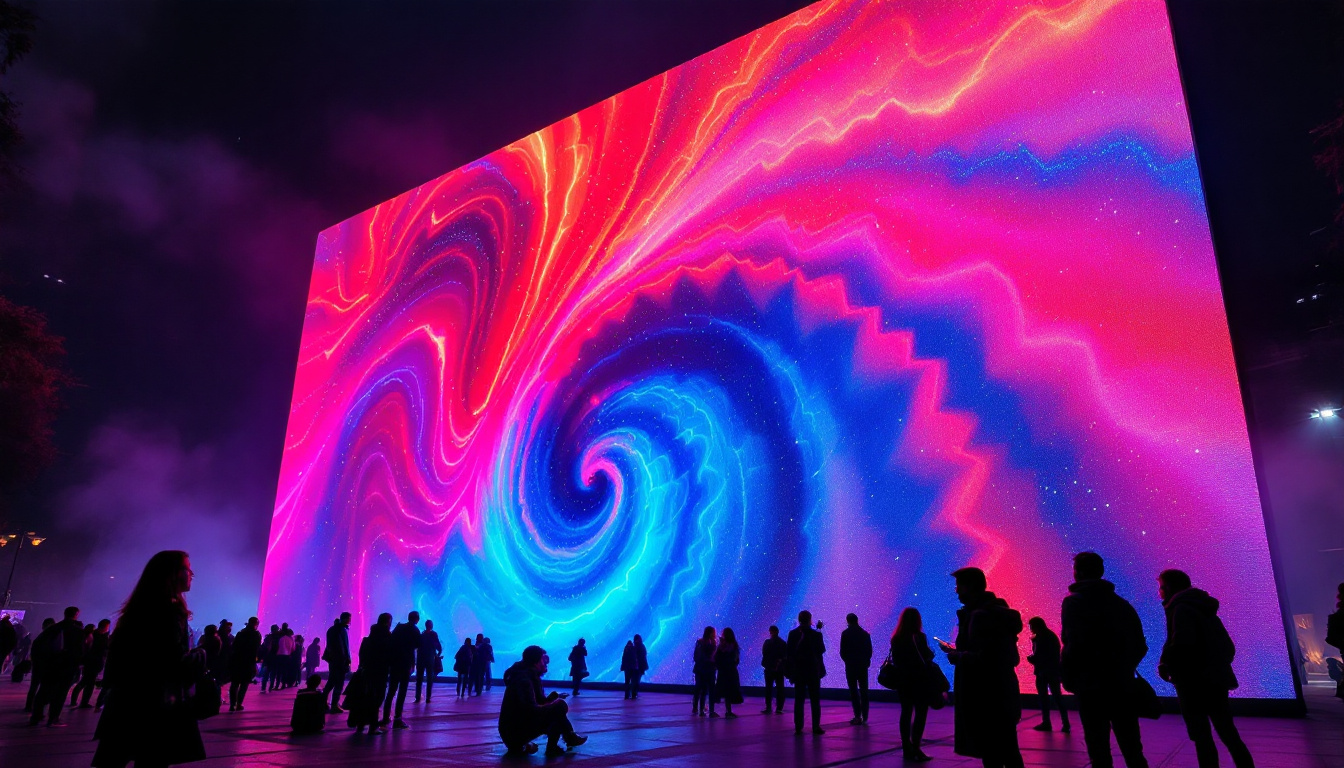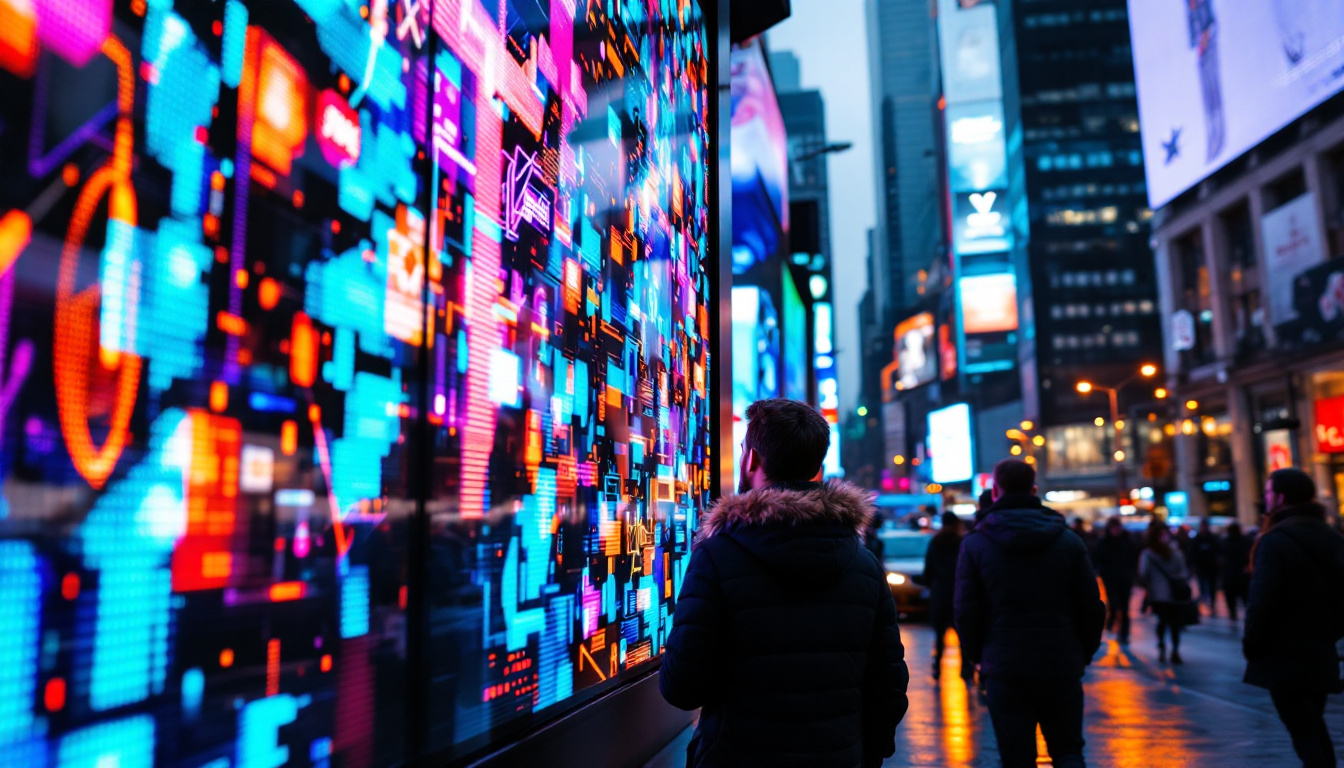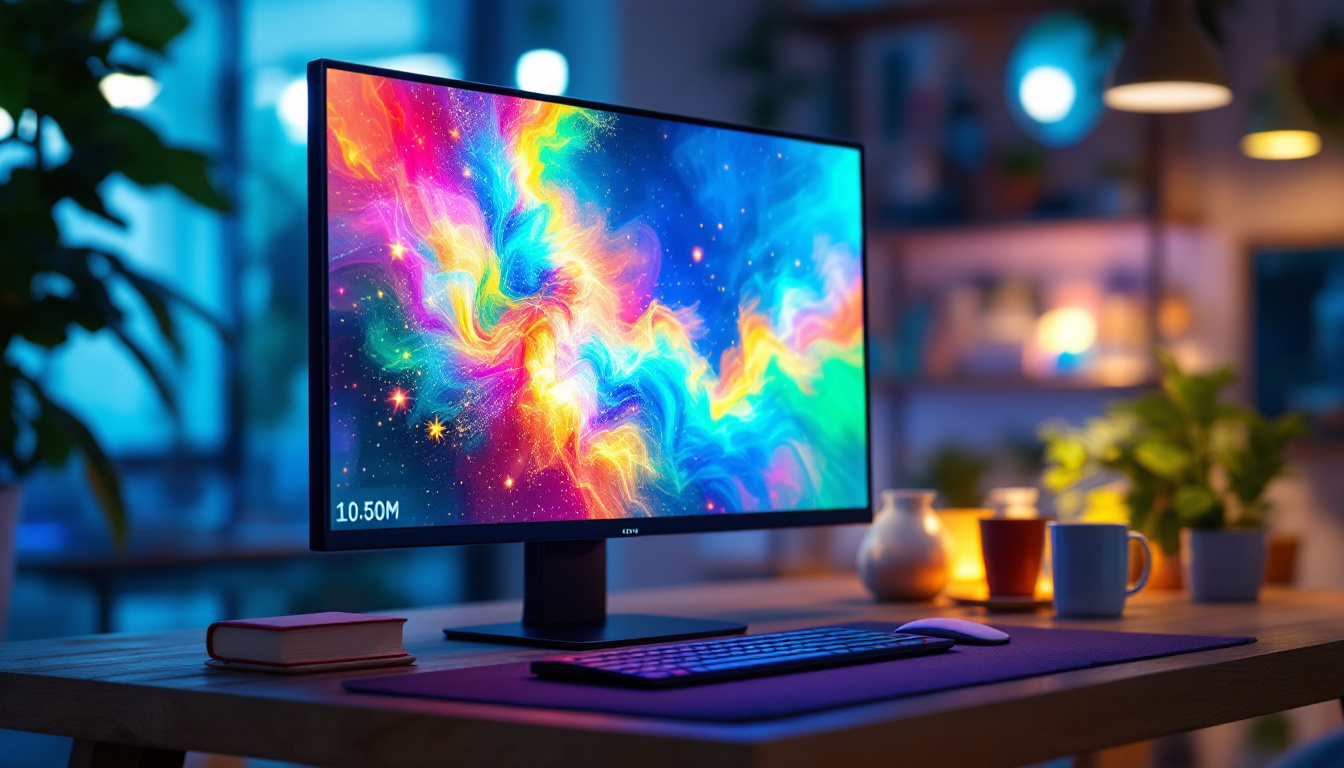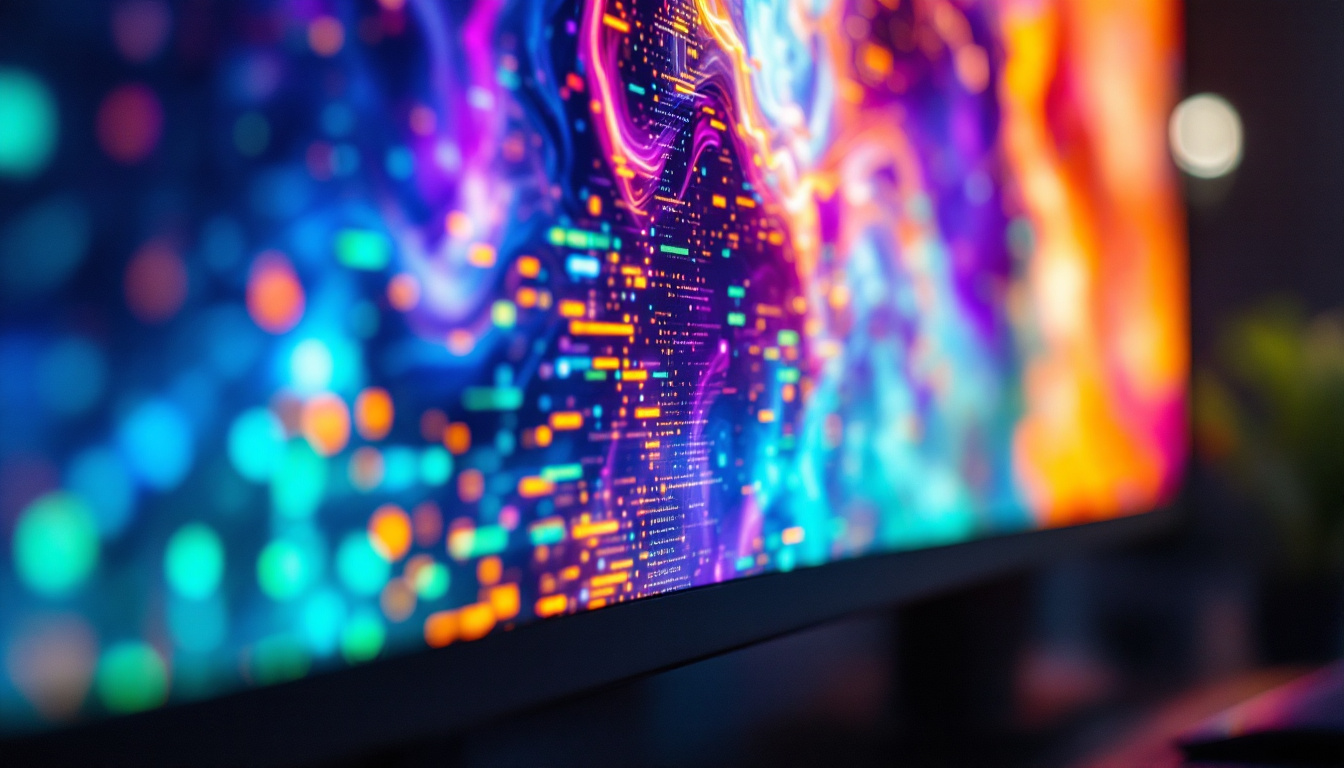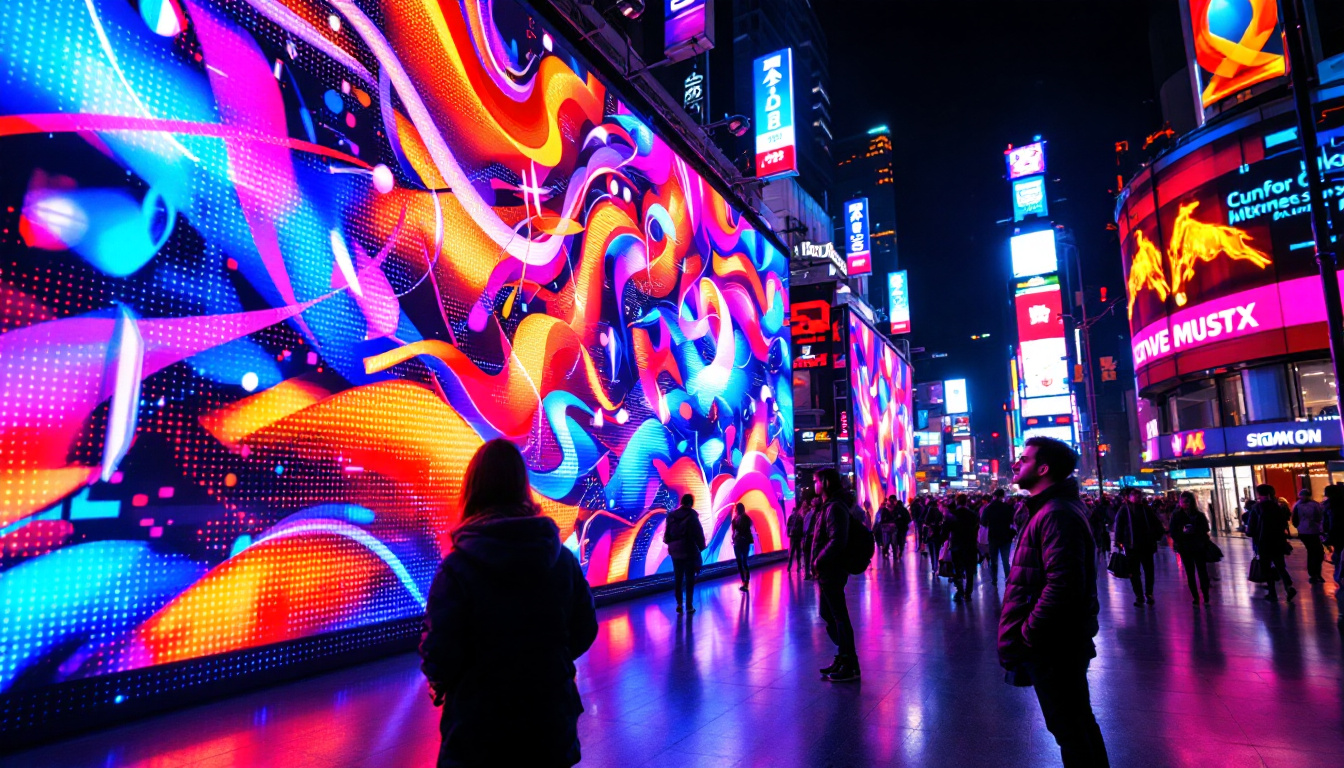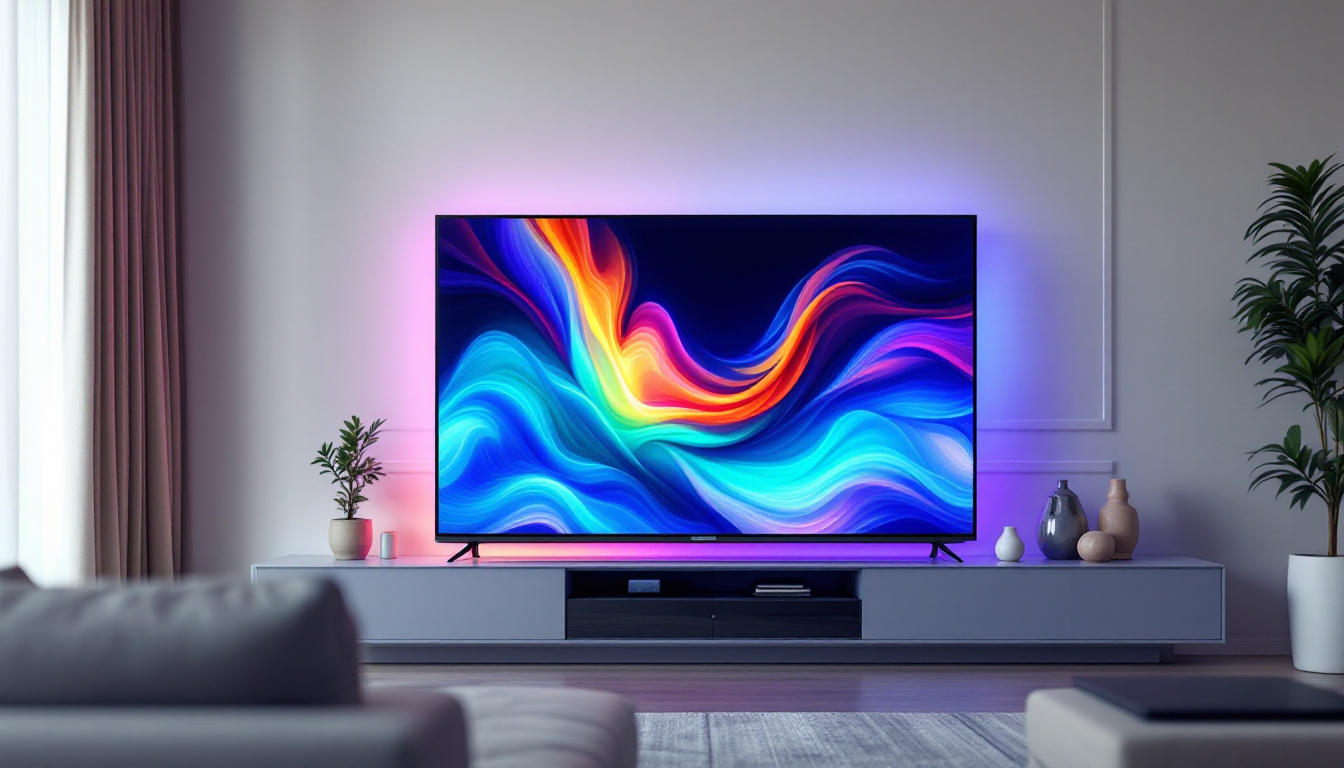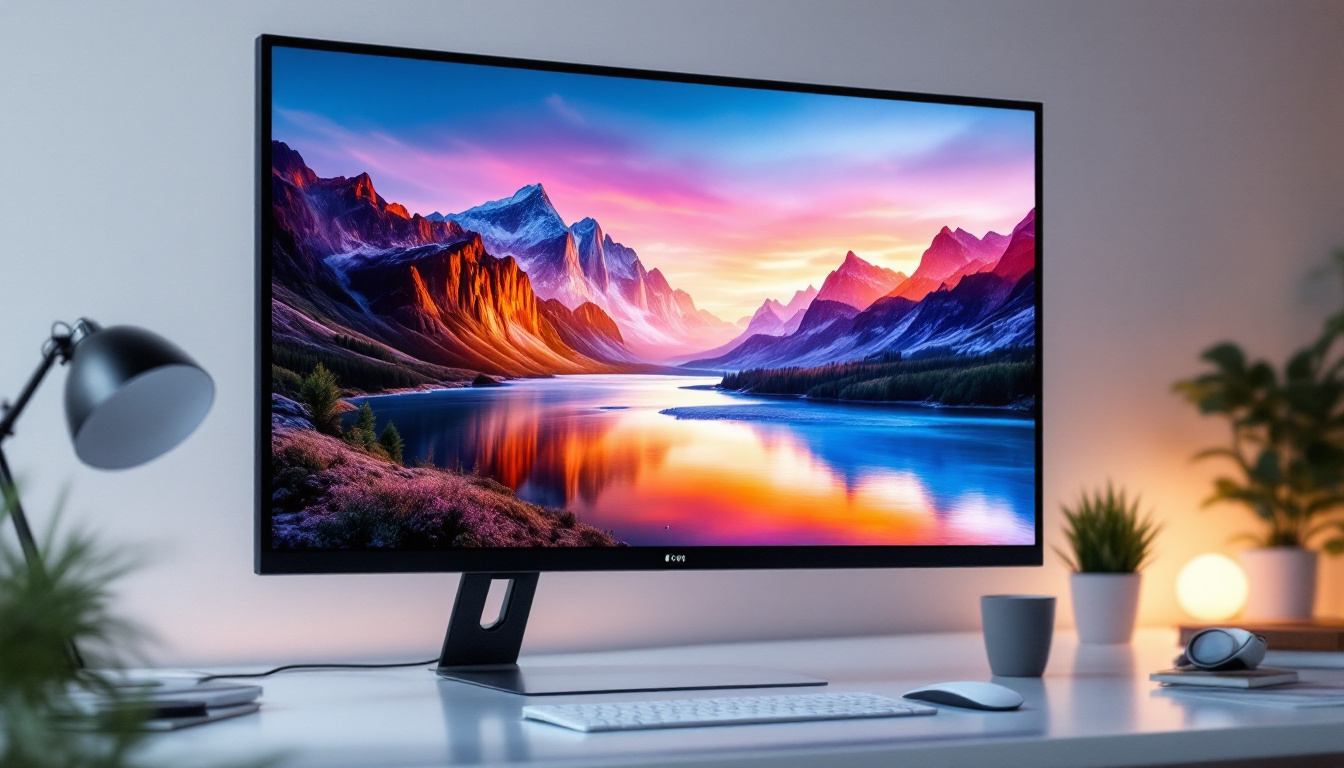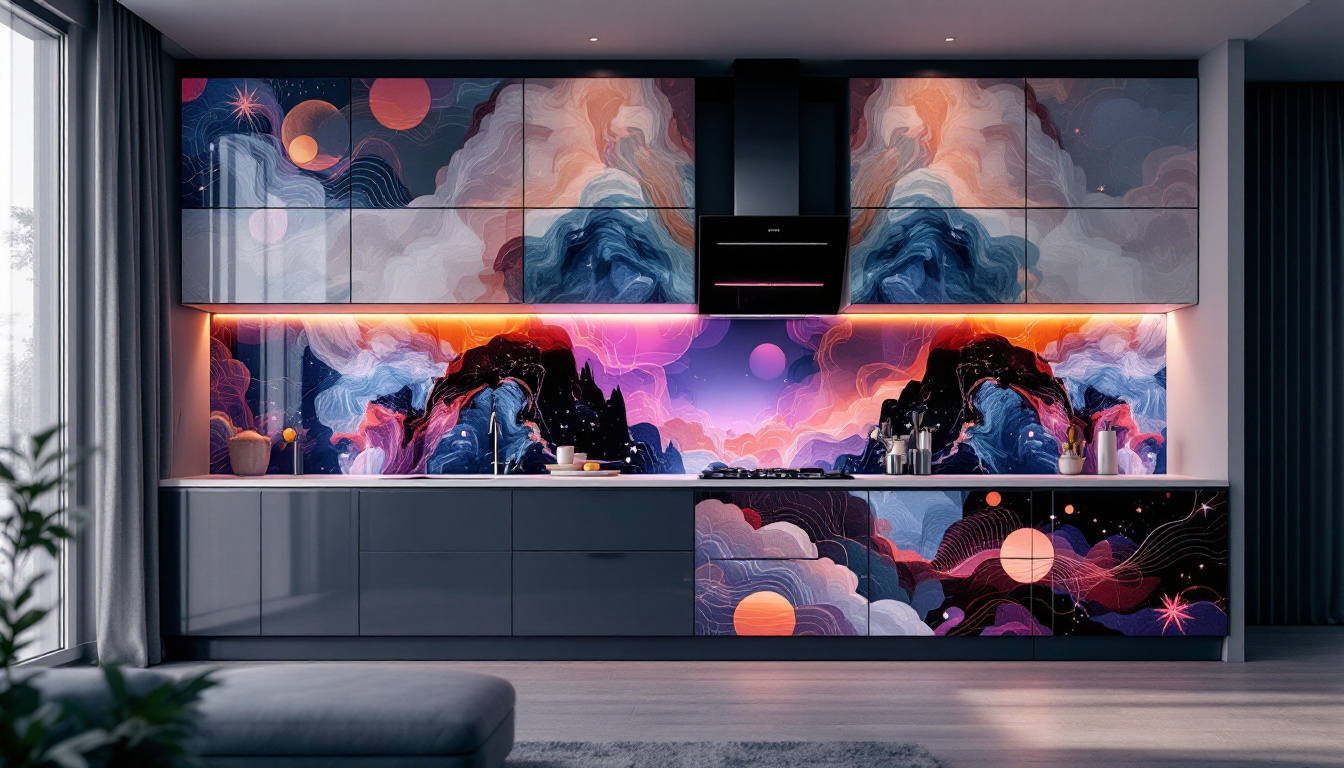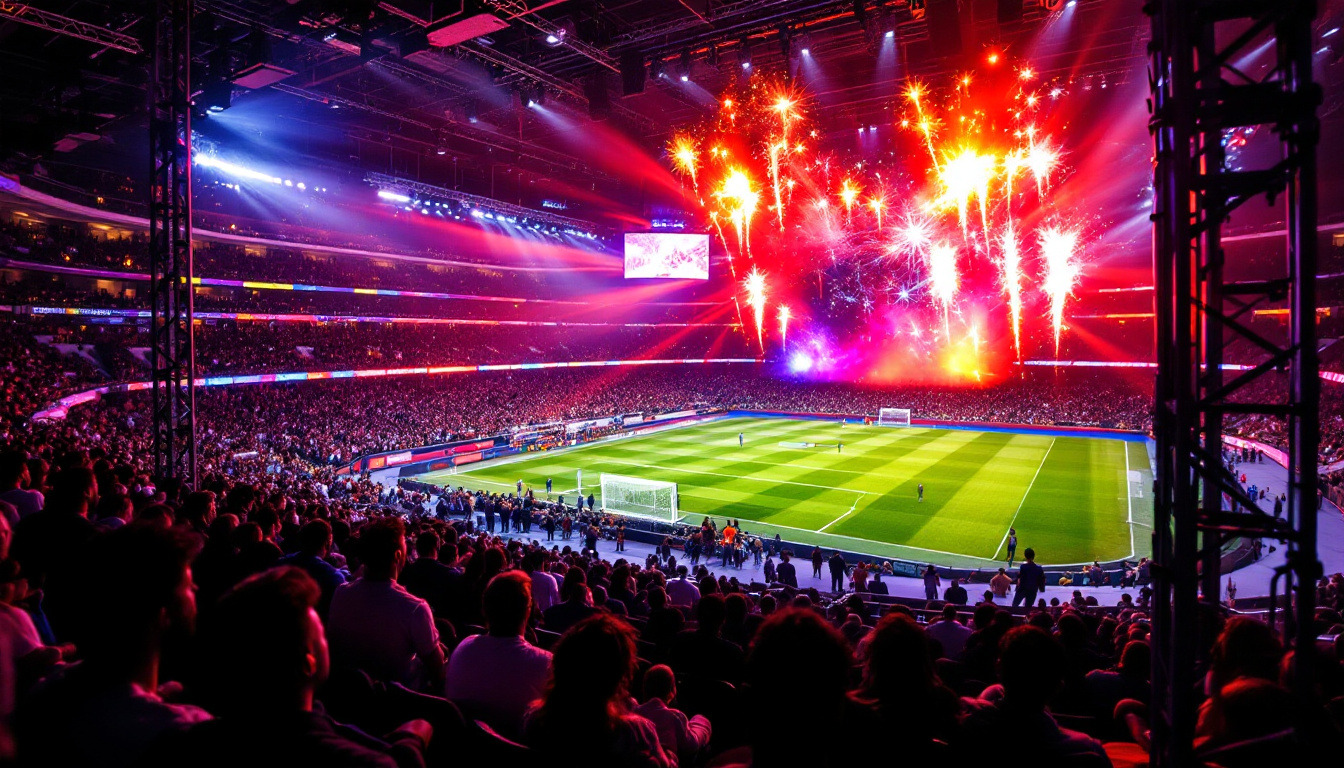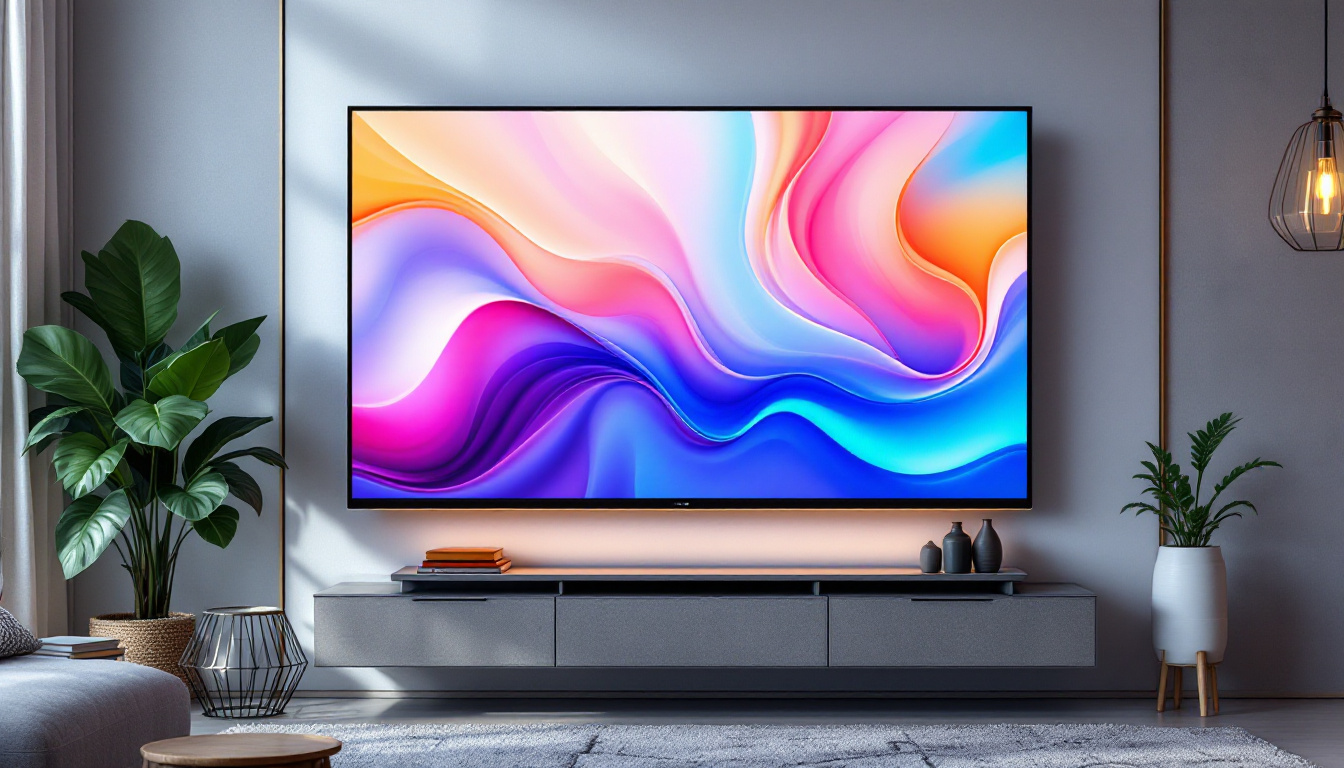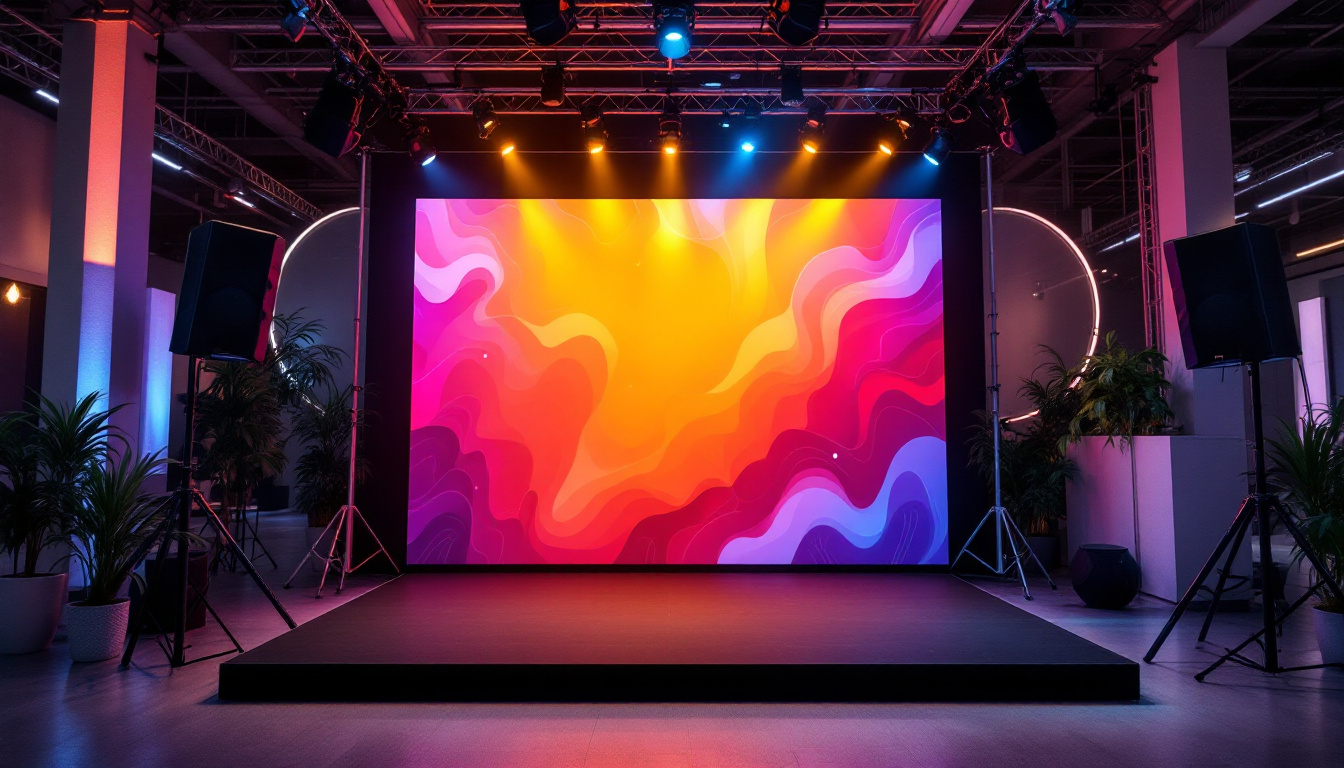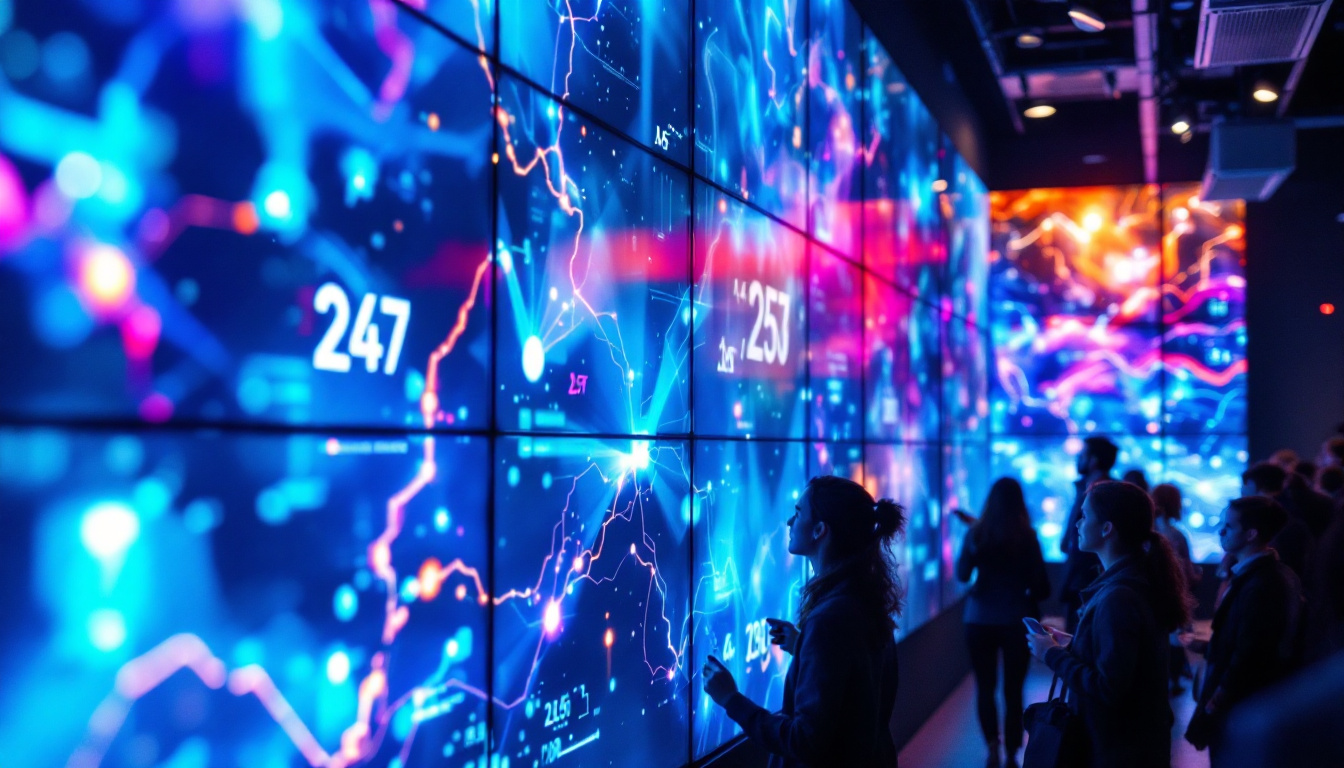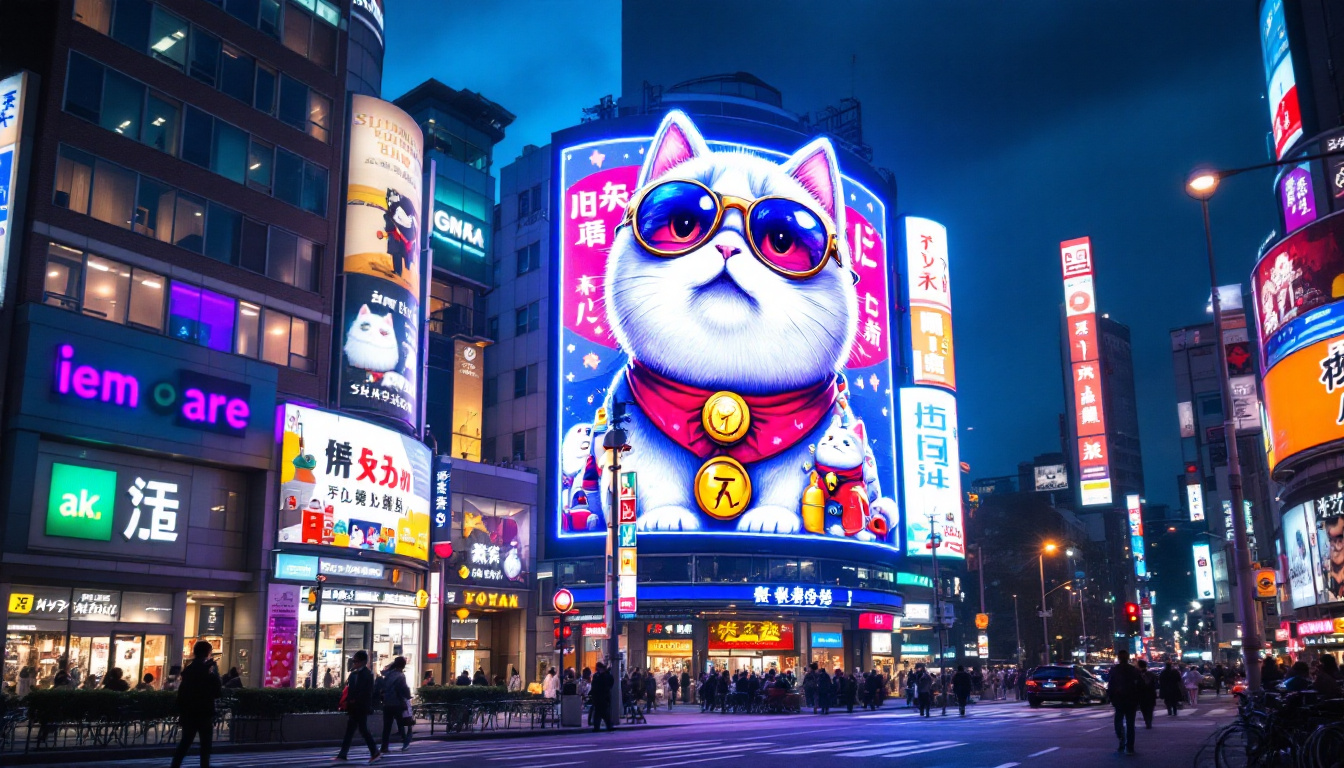In the realm of filmmaking and broadcasting, technological advancements have revolutionized the way visual content is produced. Among these innovations, the virtual production led wall has emerged as a game-changer. This article delves into the intricacies of LED displays used in virtual production, exploring their functionality, benefits, and the future they herald for the industry.
Understanding Virtual Production
Virtual production combines live-action footage with computer-generated imagery (CGI) in real-time, allowing filmmakers to create immersive environments without being constrained by physical locations. This technique leverages advanced technologies, including motion capture, real-time rendering, and LED displays, to enhance storytelling. By merging the physical and digital realms, virtual production opens up a world of creative possibilities, enabling filmmakers to visualize complex scenes that would otherwise be impossible or prohibitively expensive to shoot on location.
The Role of LED Displays
LED displays serve as the backbone of virtual production, providing dynamic backgrounds that can be altered on-the-fly. Unlike traditional green screens, which require extensive post-production work to insert backgrounds, LED walls allow actors to perform in front of realistic settings that respond to camera movements. This not only enhances the visual quality but also improves the actors’ performances by providing them with a tangible environment to interact with. The immediacy of these displays helps actors immerse themselves in their roles, as they can react to the visual stimuli around them, resulting in more authentic performances that resonate with audiences.
How LED Walls Work
LED walls consist of numerous small panels that are seamlessly connected to create a large display surface. Each panel is made up of thousands of tiny light-emitting diodes (LEDs) that can produce a wide range of colors and brightness levels. In a virtual production setup, these panels are often arranged in a curved or angled configuration to create a more immersive experience. The ability to customize the curvature and angle of the LED walls allows filmmakers to simulate various environments, from vast landscapes to intimate interiors, enhancing the storytelling experience.
The real magic happens when these LED walls are integrated with real-time rendering engines. As the camera moves, the displayed images adjust accordingly, ensuring that the perspective remains consistent. This technology is often referred to as “camera tracking,” and it is essential for creating a believable virtual environment. By utilizing advanced algorithms and sensor technologies, camera tracking systems can accurately determine the position and orientation of the camera in real-time, allowing the virtual backgrounds to shift seamlessly. This synergy between hardware and software not only elevates the visual fidelity of the production but also streamlines the filmmaking process, reducing the need for extensive reshoots and enabling a more efficient workflow.
Benefits of Using LED Displays in Virtual Production
The adoption of LED displays in virtual production offers numerous advantages that enhance both the creative process and the final output. Below are some of the key benefits that have made this technology increasingly popular among filmmakers and production teams.
Enhanced Visual Quality
One of the most significant advantages of using LED displays is the enhanced visual quality they provide. The brightness and color accuracy of LED panels surpass that of traditional green screens, resulting in more vibrant and realistic images. This is particularly important for scenes that require intricate lighting effects or detailed backgrounds.
Moreover, LED walls can produce high dynamic range (HDR) content, which allows for deeper contrasts and a broader color palette. This capability is crucial for filmmakers aiming to create visually stunning narratives that captivate audiences. The ability to display rich textures and subtle nuances in color can transform a simple scene into a breathtaking visual experience, making the audience feel more immersed in the story being told.
Real-Time Interaction
Another compelling benefit of LED displays is the ability to interact with the environment in real-time. This interactivity allows directors and cinematographers to make immediate adjustments to the lighting and backgrounds, ensuring that the visual elements align perfectly with the live-action footage. This flexibility can lead to more creative storytelling, as filmmakers can experiment with different looks and feels on the spot.
Additionally, the real-time capabilities of LED technology enable actors to perform in a more naturalistic setting. Instead of acting against a flat green screen, performers can engage with dynamic backgrounds that respond to their movements and performances. This not only enhances the authenticity of their acting but also fosters a more collaborative atmosphere on set, where creativity can flow freely among the cast and crew.
Cost and Time Efficiency
While the initial investment in LED technology may be substantial, the long-term cost and time savings are undeniable. Traditional methods often require extensive post-production work to composite backgrounds, which can be time-consuming and costly. By utilizing LED displays, filmmakers can significantly reduce the time spent in editing, allowing for quicker turnaround times and more efficient production schedules.
Furthermore, the ability to shoot in diverse environments without the need for extensive location scouting or travel can lead to significant savings. Filmmakers can create a variety of settings within a controlled studio environment, minimizing logistical challenges and potential weather-related delays. This adaptability not only streamlines the production process but also opens up new creative avenues, as filmmakers can easily switch between different scenes and settings without the constraints of traditional filming methods.
Applications of LED Displays in Various Industries
The use of LED displays in virtual production is not limited to the film industry. Various sectors have begun to adopt this technology for its versatility and effectiveness. Here are some notable applications across different industries.
Film and Television
In film and television, LED walls have become a staple for creating immersive environments. Productions such as “The Mandalorian” have showcased the potential of this technology, using LED displays to transport audiences to distant galaxies and fantastical worlds. The ability to create realistic settings in a controlled studio environment has transformed the way stories are told on screen.
Live Events and Concerts
Live events, including concerts and corporate presentations, have also embraced LED displays for their dynamic visual capabilities. Event organizers can create stunning backdrops that enhance the overall experience for attendees. The flexibility of LED technology allows for quick changes in visuals, adapting to the mood and theme of the event.
Advertising and Marketing
In the advertising realm, LED displays have revolutionized marketing strategies. Brands can create eye-catching visuals that engage consumers in real-time, whether through interactive installations or immersive experiences. The ability to showcase products in a visually compelling manner has proven to be an effective way to capture audience attention and drive sales.
Challenges and Considerations
Despite the numerous advantages of LED displays in virtual production, there are challenges and considerations that production teams must address. Understanding these factors is crucial for maximizing the effectiveness of this technology.
Initial Investment and Setup
The initial cost of acquiring LED display technology can be a significant barrier for some production companies. High-quality LED panels, along with the necessary infrastructure and software, require a substantial investment. Additionally, the setup process can be complex, necessitating skilled technicians to ensure everything functions seamlessly.
Technical Limitations
While LED displays offer impressive visual capabilities, they are not without limitations. The resolution and pixel density of the panels can affect the overall image quality, particularly when viewed up close. Filmmakers must carefully consider these factors when designing their virtual environments to avoid any visual discrepancies.
Space and Logistics
Setting up LED walls requires ample space, which can pose logistical challenges for some productions. The physical size of the panels and the need for specialized equipment can limit where and how they can be used. Additionally, transporting and assembling these displays can be time-consuming and may require additional crew members.
The Future of LED Displays in Virtual Production
The future of LED displays in virtual production appears bright, with ongoing advancements in technology promising even more possibilities. As the industry continues to evolve, several trends are emerging that could shape the landscape of virtual production.
Advancements in Technology
As technology progresses, LED displays are expected to become more affordable and accessible. Innovations in manufacturing processes may lead to improved resolution and color accuracy, enhancing the overall quality of virtual environments. Additionally, developments in software will likely streamline the integration of LED displays with real-time rendering engines, making the setup process more user-friendly.
Increased Adoption Across Industries
As awareness of the benefits of LED displays grows, more industries are likely to adopt this technology. Beyond film and television, sectors such as education, gaming, and architecture may explore the potential of virtual production to create engaging experiences. This increased adoption could lead to a broader range of creative applications and collaborations.
Sustainability Considerations
With a growing emphasis on sustainability in production practices, LED displays may offer an environmentally friendly alternative to traditional methods. By reducing the need for physical sets and extensive post-production work, filmmakers can minimize waste and lower their carbon footprint. As sustainability becomes a priority, the demand for eco-friendly production solutions will likely drive further innovations in LED technology.
Conclusion
The virtual production led wall represents a remarkable leap forward in the filmmaking and broadcasting industries. By enabling real-time interaction between live-action footage and dynamic backgrounds, this technology enhances visual storytelling and streamlines production processes. While challenges remain, the benefits of LED displays are undeniable, paving the way for a more immersive and efficient future in content creation.
As the industry continues to evolve, filmmakers and production teams must embrace the potential of LED technology to push the boundaries of creativity. The journey of virtual production is just beginning, and the possibilities are limited only by the imagination.
Discover the Future of Visual Storytelling with LumenMatrix
Embark on a journey to redefine the visual landscape of your productions with LumenMatrix. As a pioneer in LED display technology, we are committed to propelling your brand into the spotlight with our comprehensive range of LED display solutions. From the immersive Indoor LED Wall Display to the vibrant Outdoor LED Wall Display, and from the innovative Vehicle LED Display to the sleek LED Poster Display, our offerings are designed to captivate and engage. Whether it’s the energy of an LED Sports Display, the novelty of a Floor LED Display, the customization of a Custom LED Display, the convenience of an All-in-One LED Display, or the allure of an LED Transparent Display, LumenMatrix is at the forefront of creating experiences that resonate. Don’t just take our word for it; witness the transformative power of our LED solutions for yourself. Check out LumenMatrix LED Display Solutions and join the revolution in visual communication.

